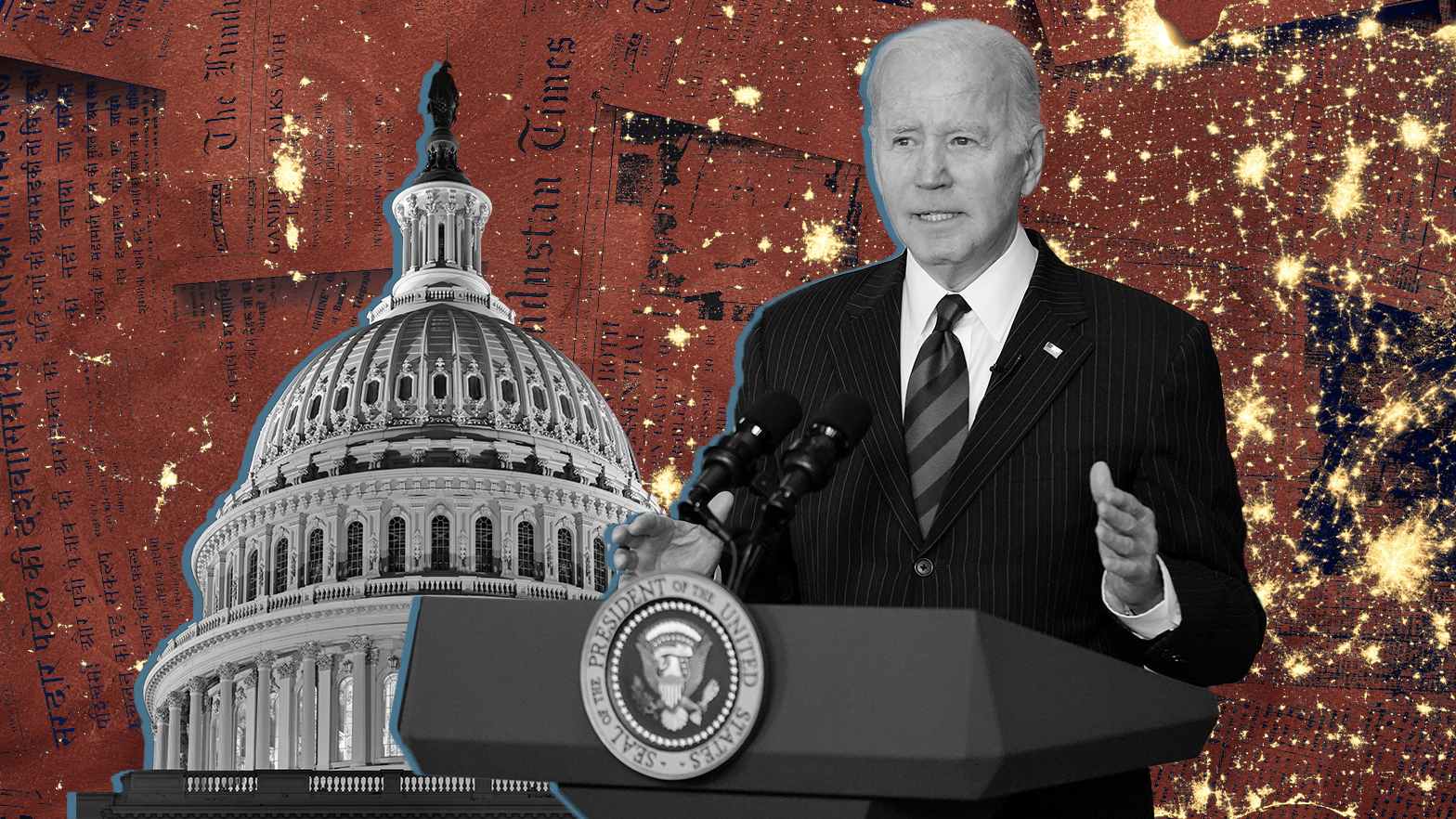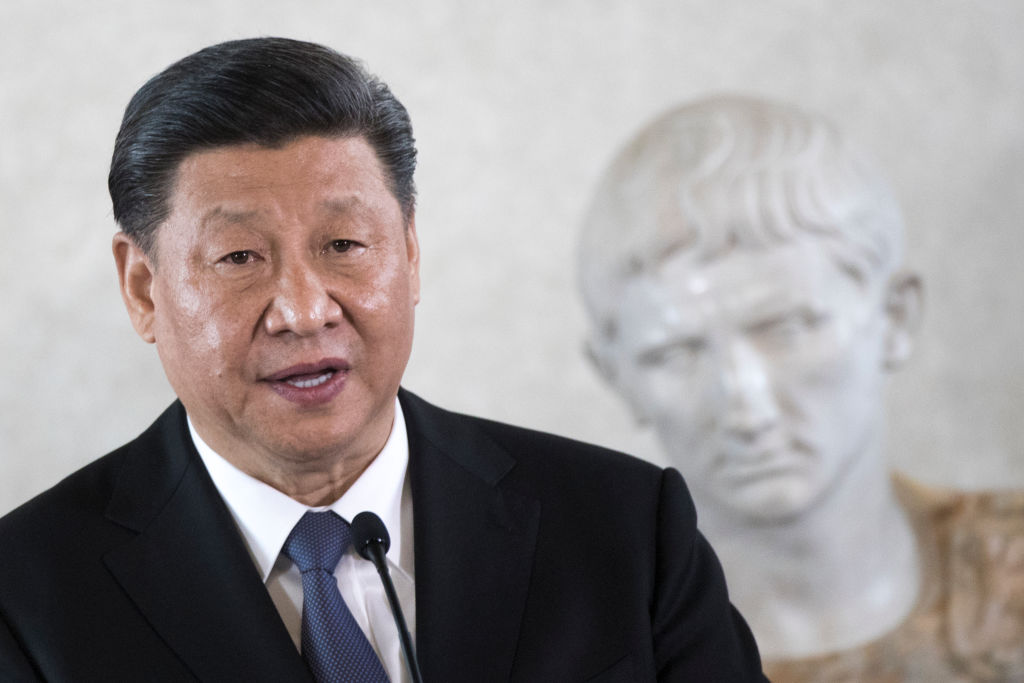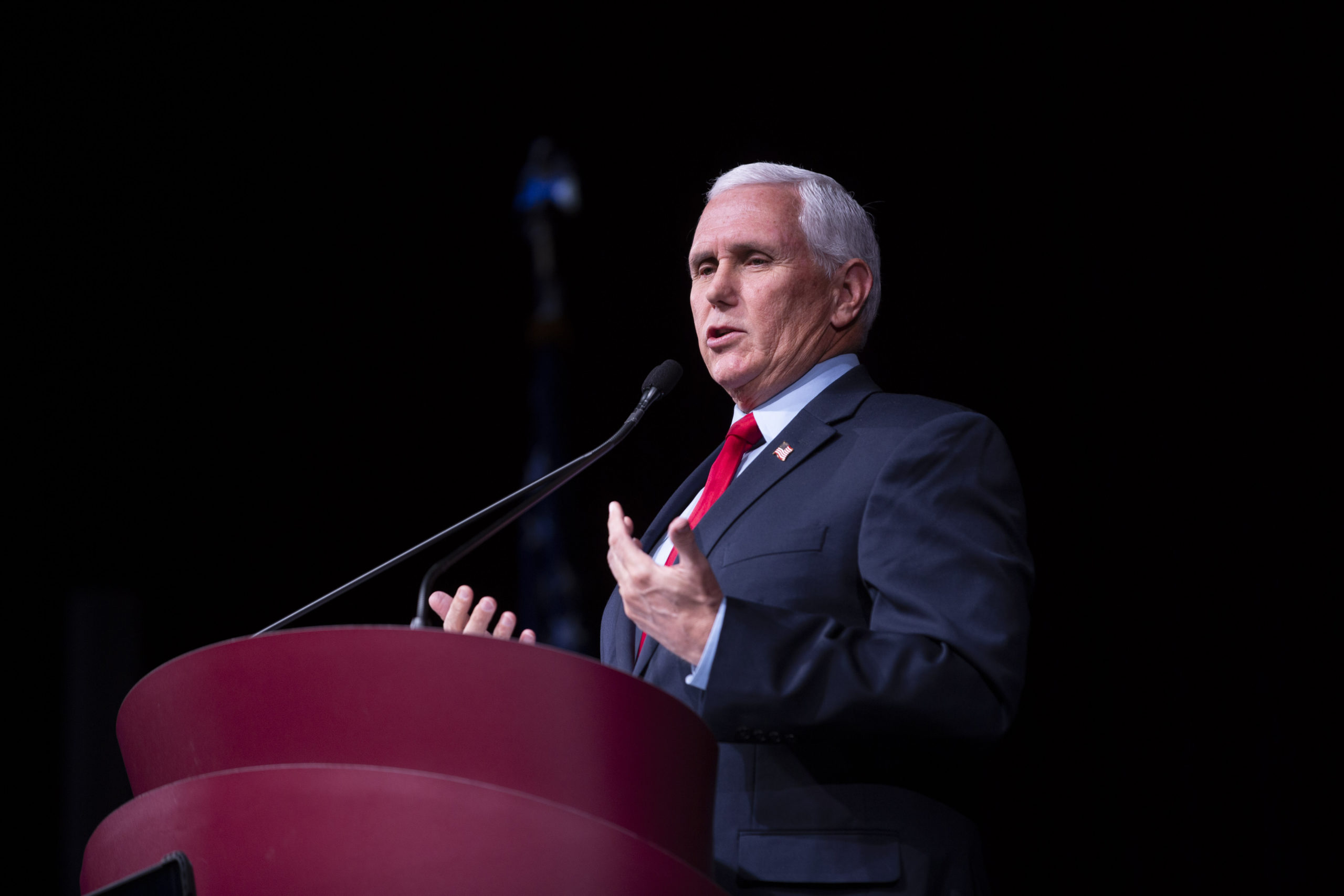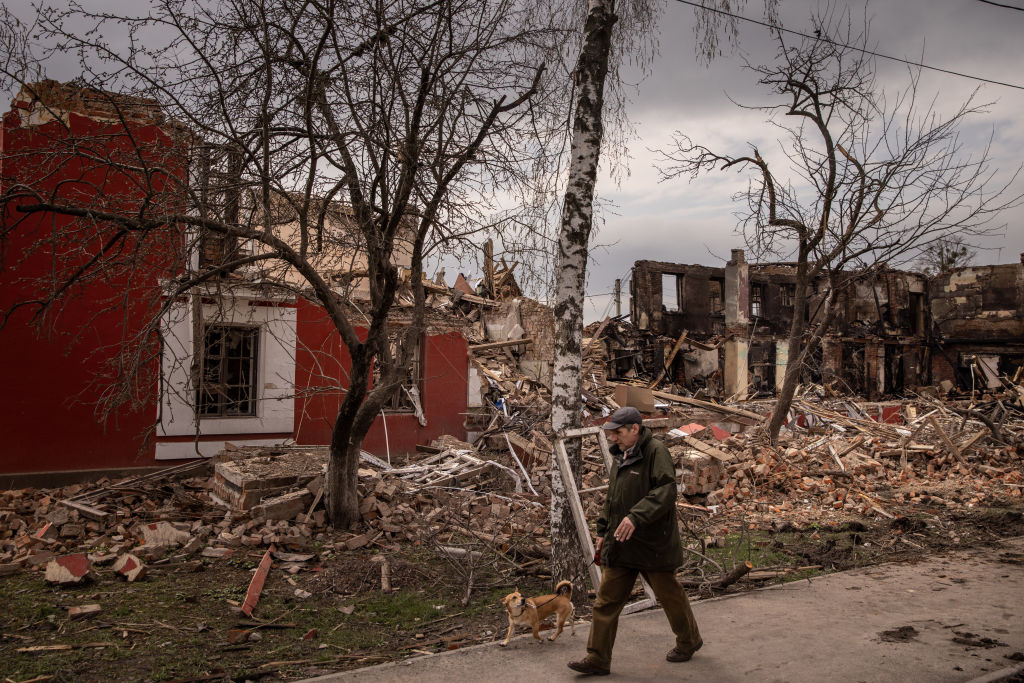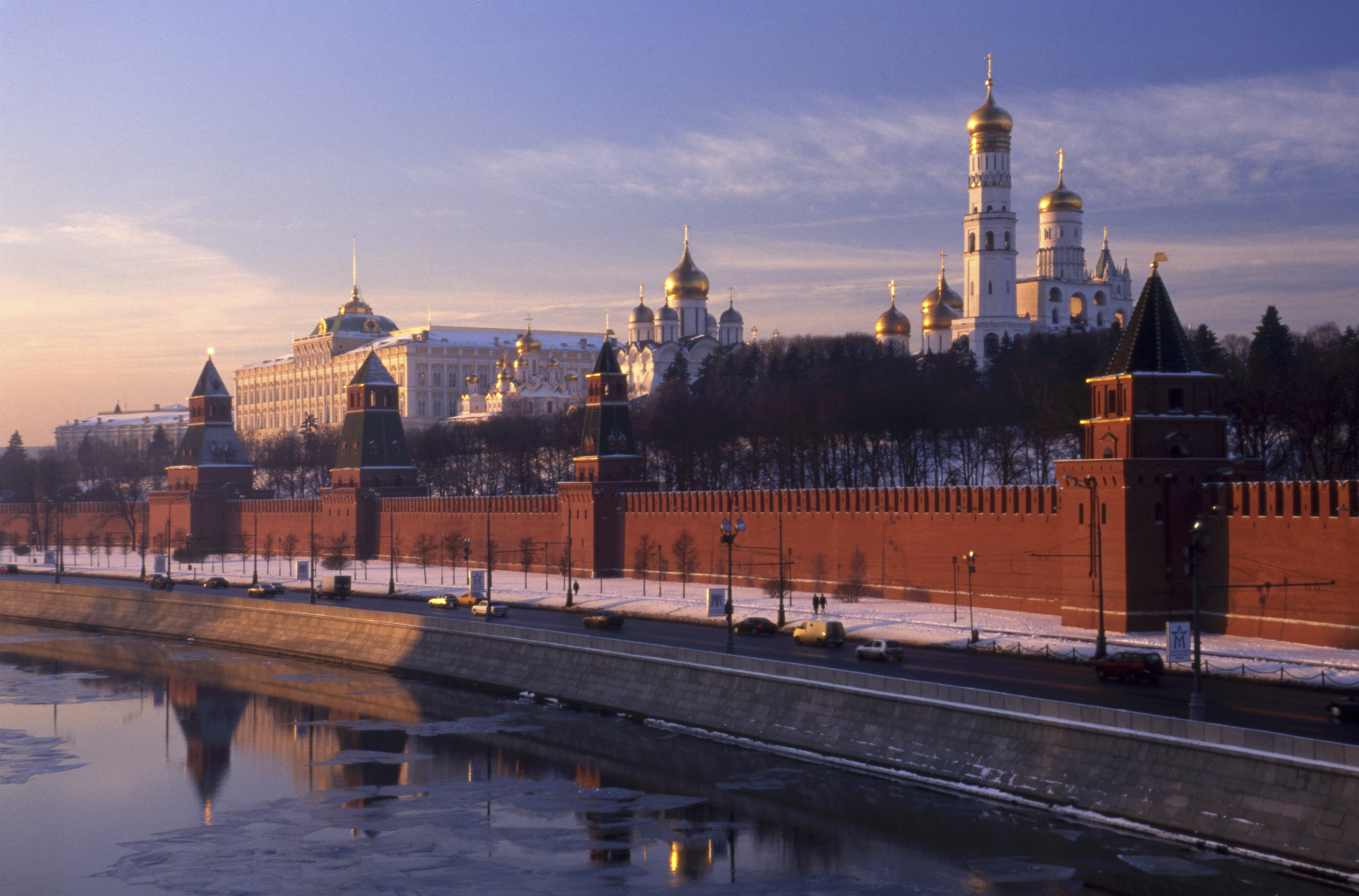It’s amusing to watch the Biden circus but frightening to consider that nobody’s in charge.
Make Europe Great Again
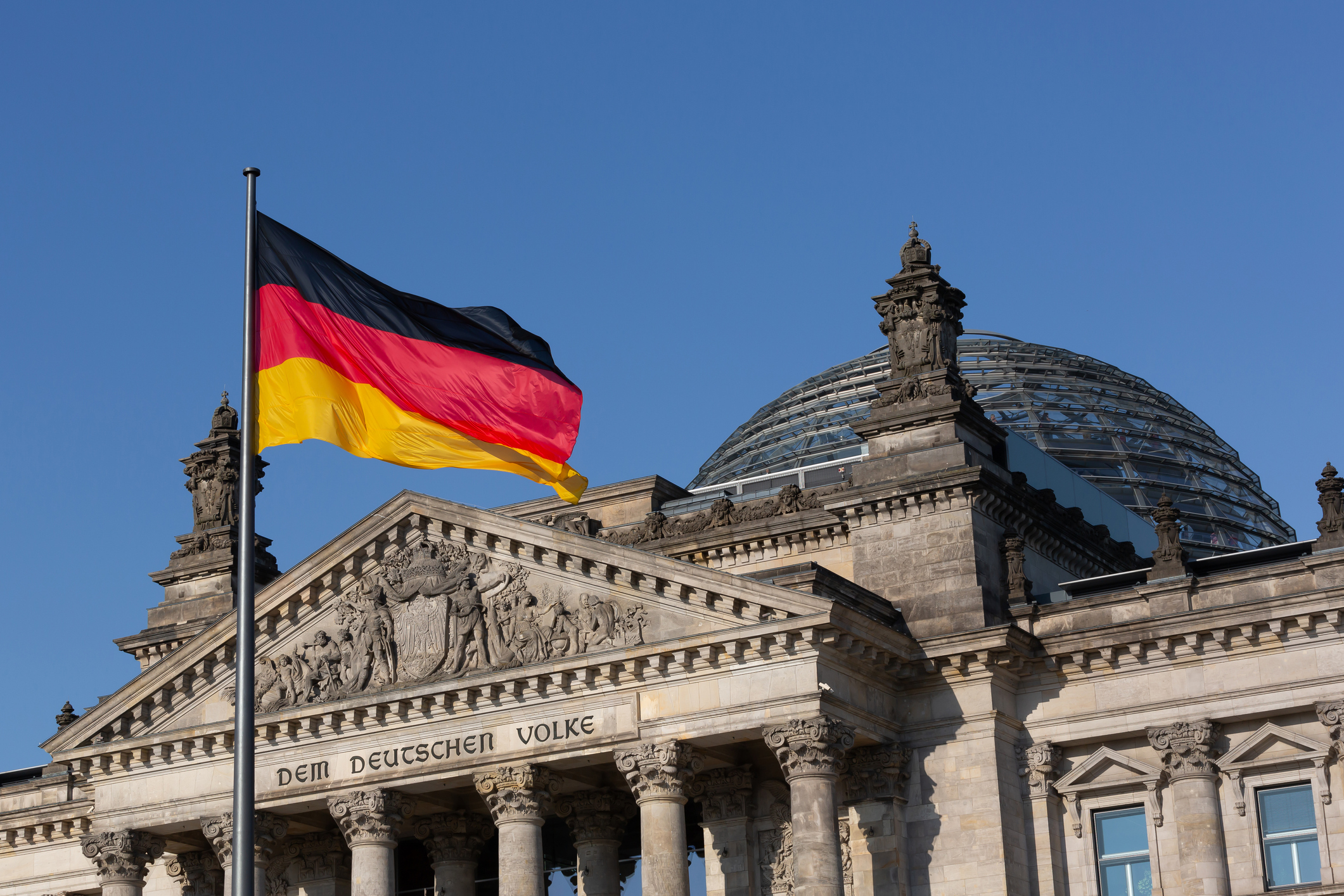
European self-defense depends on conservative parties, not liberal cowards.
My advice to President Trump on how to deal with the mess in Ukraine is simple: you should pull the plug on the Biden Administration’s flailing European peanut gallery. Your friends and allies in Europe want to shoulder the burden of their own defense, but they don’t want to pour money down the drain and risk World War III in Ukraine. Get an immediate ceasefire in Ukraine, a war which no sane European wants to fight, and let the sovereigntist parties of the New Right mop up the globalist Left. They believe in their countries and will fight to protect them, unlike the Brussels liberals cowering behind the skirts of Mother America.
Ending the war won’t happen without an agreement to keep Ukraine neutral and out of NATO. The Deep State will try to convince you that NATO can’t afford to back down on eventual Ukraine membership, and that Russia is bleeding out and ready to fold. But the opposite is true: Europe’s willingness to defend itself depends on a revival of nationalism and the ascent of the sovereigntist parties on the Right. Freeze the fighting and deliver a political victory to European patriots whose watchword is “Make Europe Great Again.”
A recent poll found most Germans probably wouldn’t fight to defend their country, and that two-fifths wouldn’t fight under any circumstances. Most striking is the breakdown by party affiliation. Only 9% of supporters of Germany’s Green Party—the most extreme backer of the Ukraine War—said they would personally take up arms to defend their country, the lowest of any group by party affiliation. Led by the bumbling, malapropism-prone Foreign Minister Annalena Baerbock, the Greens act like the German branch of the Biden State Department.
The highest proportion of individuals ready to fight for their country came from supporters of the Alternative für Deutschland (AfD), the conservative upstart party now polling at 20% of the national vote. In a more recent poll, 68% of AfD members said they would defend their country “with a weapon in their hand” if Germany were attacked, compared to just 22% of Green Party supporters.
The Washington Blob confuses the “let’s you and him fight” war party with the sovereigntists who are ready to defend their country, but want nothing to do with the Blob’s failed adventure in Ukraine.
The European war party pledged neither their lives nor their sacred honor (they don’t have any), but rather their reputations, foundation grants, fellowships, and consulting gigs on the Ukraine War. They made their careers on the twin premise of expanding NATO to the Russian border and arrogating governance to European rather than national institutions.
European liberals were battered by the populist wave that began last year with Geert Wilders’s surprise election victory in the Netherlands. It continued through last September’s state elections in Germany, the local elections in the Czech Republic, the Freedom Party’s first-place finish in Austria, and the collapse of the French government. But even so, the continent’s liberals will fight to the last Ukrainian to keep their political privileges.
If their proxy war collapses, European liberals know their figurative heads will roll. They have no plan except to keep the war going as long as possible. And they are doing this by trying to gaslight Americans through a targeted campaign of misinformation. The British Ministry of Defense and the Pentagon, for example, allege that Russia has taken 600,000 casualties in the Ukraine War, and is losing 1,000 to 2,000 soldiers a day in the present fighting. The spurious 600,000 figure even found its way into a Trump social media post last week.
The most comprehensive database on Russian casualties, Mediazona, counts 82,000 Russian dead, which it calculated by scraping information from death announcements and social media posts. A statistical estimate of excess deaths would bring the number to 120,000. Assuming three wounded for every soldier killed, Russian casualties are likely somewhere between 246,000 and 360,000.
A retired senior U.S. officer who tracks Ukraine war casualties observes:
Ukrainian casualties from independent sources are not as diligently tracked as are Russian casualties, but counts on graves, and anecdotal reporting, suggests it is higher than the figures released by Kyiv, London, or Washington, D.C. Estimates run between 105,000 and 160,000 KIA (killed in action). Using the same ratios for KIA to WIA, this places total Ukrainian casualties at between 105,000 KIA, and 365,000 WIA (wounded in action), or 470,000 total casualties, to 160,000 KIA and 640,000 WIA, or 800,000 total casualties.
Russia has had about 9,000 desertions in the course of the war. More than 100,000 Ukrainian soldiers face official charges of desertion, and the actual number is double that. Forty-thousand Ukrainians have been killed or wounded defending an incursion into Russian territory near Kursk, according to NATO intelligence sources—and the country has already lost half of the territory it gained in the August 2024 raid.
Europe’s sovereigntist parties know this and want to stop the war now. The AfD wants to stop weapons deliveries to Ukraine and advocates a negotiated solution. It is excoriated by the establishment press as a neo-Nazi throwback, and quarantined by legacy parties with a fraction of its voter base. The Greens, represented by Annalena Baerbock and Economics Minister Robert Habeck, are ironically Germany’s most vociferous war hawks. Though they won’t fight for their own country, they want to fight the war to the last Ukrainian.
President-elect Trump sent shockwaves through the European Establishment last February when he told a South Carolina rally, “NATO was busted until I came along. I said, ‘Everybody’s gonna pay.’ They said, ‘Well, if we don’t pay, are you still going to protect us?’ I said, ‘Absolutely not.’ They couldn’t believe the answer.”
Trump said “one of the presidents of a big country” at one point asked him whether the U.S. would still defend Ukraine if they were invaded by Russia—even if they “don’t pay.”
“No, I would not protect you,” Trump recalled. “In fact, I would encourage them to do whatever the hell they want. You got to pay. You got to pay your bills.”
That provoked a storm of opprobrium against Trump, who stood accused of inviting Russia to invade Western Europe. But that’s not what he said: Trump maintained that Europe should defend itself. It used to. In 1989 Germany fielded 12 battle-ready divisions, 3,000 main battle tanks, and a formidable conscript army that could stand off the Warsaw Pact. It doesn’t have a single battle-ready division today. And Angela Merkel’s government eliminated conscription in 2011 at the peak of post-Cold War complacency.
Germany needs military conscription, and the only German political party that clearly proposes reviving it is the AfD. Its position paper, available on the party website, states:
Military service is honorable service. It should not be understood first of all as an impingement on the fundamental rights of a citizen, but rather as the civic duty to act on behalf of peace and security, and to guarantee the existence of our country and its stable democracy. The national army should be anchored in society, and the elimination of conscription has done significant damage to this relationship in only a few years.
The AfD, like the ruling parties of Hungary, Slovakia, and Serbia, is not afraid of fighting. It opposes the Ukraine War because it is pointless and unwinnable. Germany’s Greens, by contrast, oppose conscription—in Germany, that is. They’re all for conscription in Ukraine. Germany’s Social Democrats and Christian Democrats meanwhile think it might be a good idea to revisit the idea of conscription sometime in the future, but they won’t do anything now—or in any relevant time horizon.
Some Brussels hawks have floated the idea of European conscription to provide soldiers for Ukraine, a proposal denounced by Hungary’s Foreign Minister, who declared, “We do not want Hungarian young people dragged into the Ukrainian-Russian war front. This is not our war.” National conscription to defend national homelands is another matter.
Maligned as an extremist fringe group, the AfD stands to receive 20% of the vote in Germany’s February 23 national elections. Its candidates won about 30% of the vote in three East German states that went to the polls in September. Olaf Scholz’s Social Democrats are running at just 17% of the vote, and the Greens, which had 20% of the vote in Germany’s last national election, are at just 11.5%. The AfD supports tight controls on immigration, tax cuts, and an immediate end to the Ukraine War. Its view of Ukraine is the same as that of Hungary’s Viktor Orban, whom Trump has consulted repeatedly.
The AfD is the most popular party among Germany’s 18-24 year-olds. Its message is that it’s alright to be proud of being German. Maximilian Krah, a European Parliament member now running for a Bundestag seat, delivered that message on TikTok. “One in three young German men doesn’t have a girlfriend. Are you one of them?” he asked in one video. “Don’t watch porno, don’t vote for the Greens, get out into the fresh air…. Real men have ideals, real men are Patriots—and that’s how you find a girlfriend.”
Real men, the AfD avers, are willing to defend their country. If the United States wants partners instead of puppets, it will find them among Europe’s sovereigntist parties.
The American Mind presents a range of perspectives. Views are writers’ own and do not necessarily represent those of The Claremont Institute.
The American Mind is a publication of the Claremont Institute, a non-profit 501(c)(3) organization, dedicated to restoring the principles of the American Founding to their rightful, preeminent authority in our national life. Interested in supporting our work? Gifts to the Claremont Institute are tax-deductible.
Taiwan, Xi Jinping, and America’s year of danger
A nation casts about in search of its God.
Demonizing war skeptics is wrong and wrongheaded.
Our foreign policy is in shambles, but it remains in our national interest for Ukraine to prevail.
The Russian people were the foremost victims of the Soviet regime.

